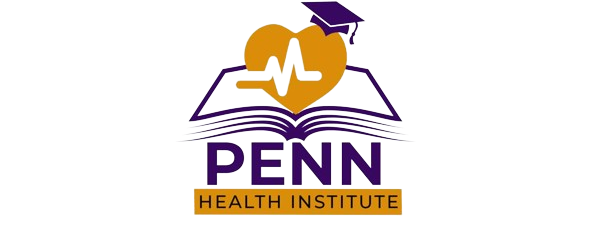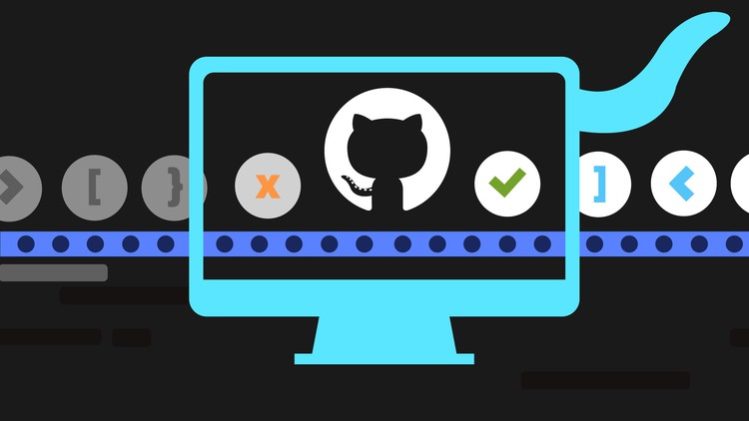GitHub Actions is an extremely popular and fast-growing CI / CD automation service offered by GitHub.
This course teaches GitHub Actions from the ground up, without any prior GitHub Actions knowledge assumed or required.
In order to handle growing development and code complexity and deploy application updates with high frequency, powerful automation platforms and tools are required. As you will learn throughout this course, GitHub Actions is such a platform, enabling you to automate anything from code testing, building and deployment all the way up to GitHub repository and project management.
With this course, you’ll learn:
-
About all key GitHub Actions building blocks & components
-
How to build and orchestrate both simple and complex workflows
-
How to connect workflows to events & configure event details
-
How to run jobs or job steps conditionally
-
How to manage environment variables
-
How to handle job results, outputs and inputs
-
How to leverage community actions
-
How to build custom actions
-
How to secure workflows and jobs
-
And much more!
This course requires no prior GitHub Actions knowledge. You also don’t need to be an advanced developer or Git / GitHub user, though fundamental development and Git knowledge is recommended – though the course does come with a Git & GitHub refresher module.
This course is a practice-oriented courses, exploring all key concepts whilst diving into concrete examples. You’ll build different workflows for multiple projects and requirements.
You will also learn how to interact with GitHub APIs and implement third-party (and custom) Actions into your workflows.





